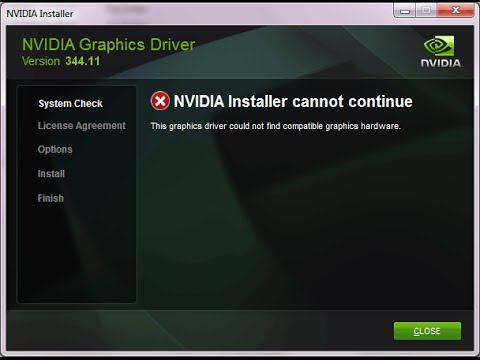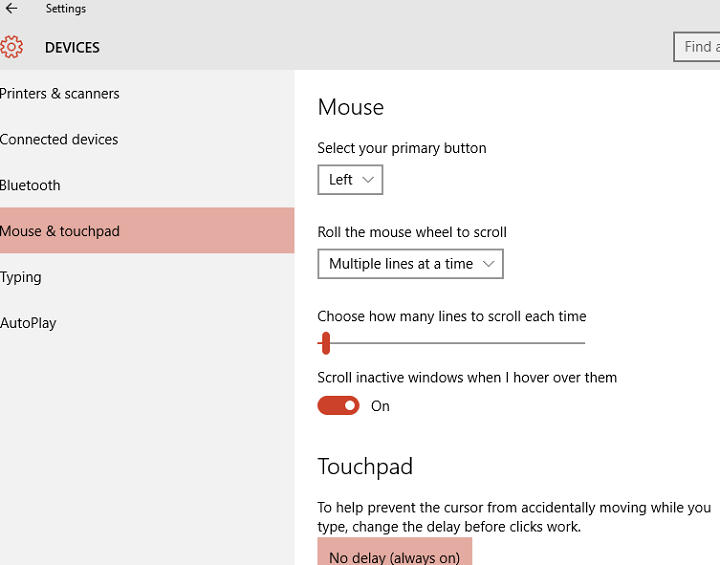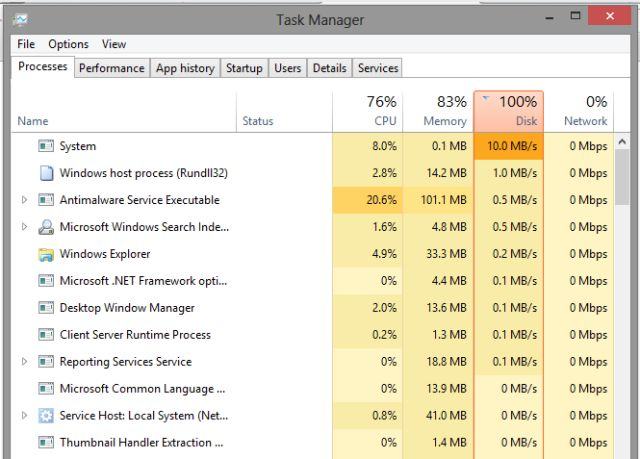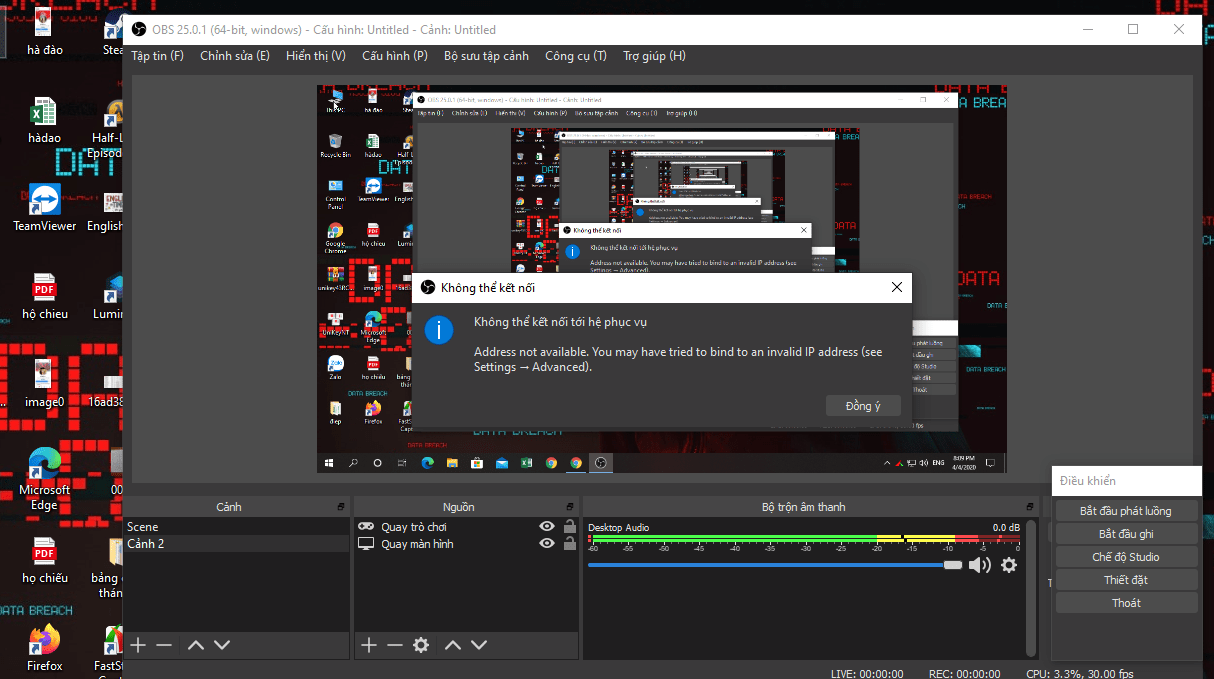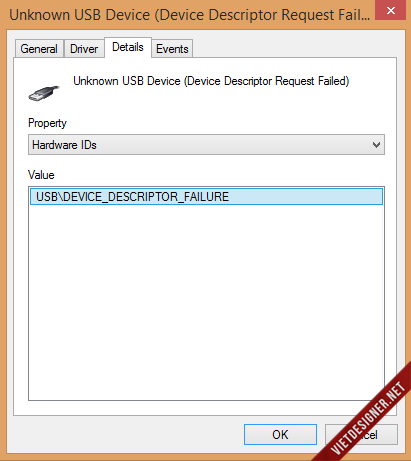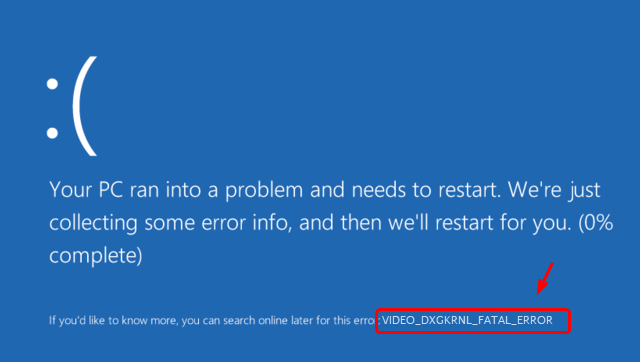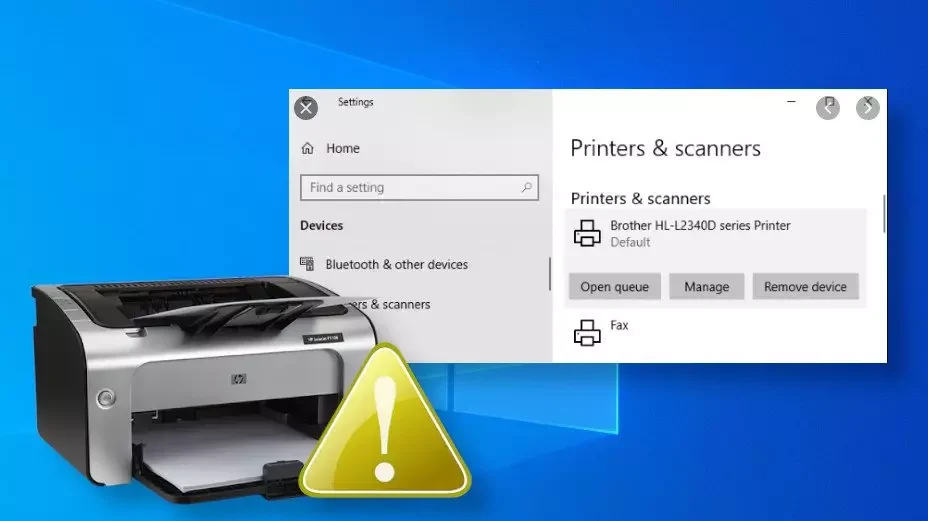Which VGA will go with the PSU?. PSU, the most important component of a computer system, is less of a concern when buying a computer, especially for heavy duty servers and heavy loads such as 3d render, post-processing. A lot of people when shopping for computers, only care about CPU, RAM, VGA is strong and money to buy PSU save. Until defects due to poorly manufactured PSU components, warranty service for new products. Not to mention, the PSU does not die, which is the direct cause of killing components in the system.
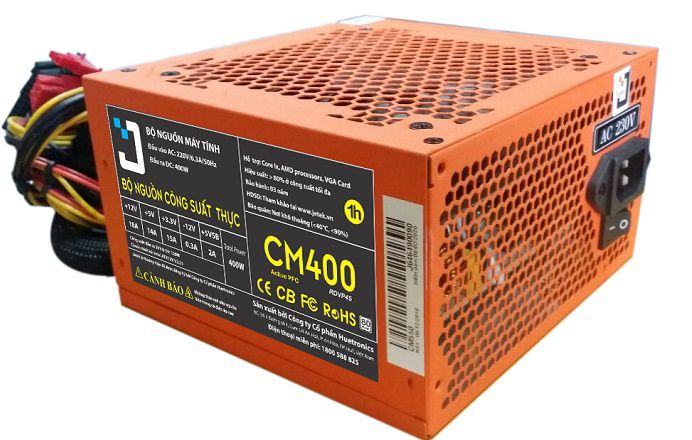
Table of Contents
I. BUY PSU SHOULD NOT LOOK AT THE LOW PRICE PERFORMANCE
In the components of the computer hardware, to understand the components such as Main / CPU / RAM … users take the time to hard to find out, will know the very basic things like the main CPU goes to. How reasonable, how much RAM to run for demand.
However, there is one component left that 95% of users are very vague, do not know how to choose this component in a myriad of brands in the market. Turning back to the problem, like so many people buying computers, they are not sure how much power to buy a power supply, as well as the specifications on such a power supply. Anyway, the standard Plus Bronze is different from Gold or Platinum. In particular, the confusion doubles as the system uses more graphics cards, which are the most eateriest in a computer system. Although on the manufacturer’s website, are there any VGA recommendations? Go with the power PSU how much. But this recommendation is very general and does not reflect reality, as almost all current computer components mainly utilize the 12V line of the PSU.
As an example you will see:
Above table is the minimum power requirement of 600W of AMD R9 290 for power supply. But in reality there will be two cases:
· PSU has good quality components, power levels are smaller than recommended but still LOAD configuration loads have R9 290, including overclocking. For example: Cooler Master G550M, Seasonic S12II 520 ….
· 600W PSU, despite the actual capacity, but the quality of components is not high, 12V line for low power. Lead to long-term impact on the quality and stability of components such as VGA, HDD, Main …
There are many companies that record nominal power on the PSU label that exceeds the level at which the PSU works, this is a way to do it is not fairplay or a PR way too. So how to choose a PSU that suits you both in terms of demand and pocket money in the ever-present number of PSUs on the market?
II. CLASSIFYING PSU TYPES ON THE MARKET, HOW TO KNOW A QUALITY PSU KEEP THE QUALITY.
1. Currently, the PSU is classified into five rankings, commensurate with the quality and design of the PSU:
Tier 1 (excellence): The best quality PSU, providing the most complete power, is very excellent and is suitable for overclocking, super-advanced systems, and even for Show off to the galaxy know The Tier 1 PSU can be summed up in one sentence: Best of the best.
Tier 2a (good): Powerful PSU with good quality and excellent reliability. Recommended for users to use in new systems, use 24/7/365 that budget is appropriate. This is the perfect PSU for energy efficient systems, but the cost is good.
Tier 2b (reasonable): The design is similar to the Tier 2a, but the output power is a bit poorer though still good. This PSU is suitable for systems that do not need to run 24/7/365.
Tier 3 (acceptable): The power supply meets all requirements for output power quality according to the ATX standard, but compared to the two currents, these Tier 3 power supplies are lower in power quality. At the output. These PSUs meet the demands of not too high in graphics or gaming or overclocking, and there is no reason to replace them if it still suffices for use with good stability.
Tier 4 (currency): Manufacturing components may have some problems, such as high power failure at high temperatures, or failure to meet ATX standard electrical specifications. It is not advisable to buy except in situations where the economy does not permit, or is used only for long periods of time.
Tier 5 (discarded): These are recommended sources NOT RECOMMENDED. If you own these power supplies then consider replacing immediately or as soon as possible. Because these power supplies can damage components in your computer system.
2. A poor quality power supply is a power supply like?
Manufactured only by ATX v1.x standards which are old and outdated instead of ATX v2.x.
Overrated labels, while performance only provides a power level of 50-60% over the label.
The use of thin wire leads to increased load on the wire, hot and cause more undue trouble. At present, real power PSUs use the 18AWG standard, but many cheap PSUs still use the 20AWG standard.
Low 12V, or multiple rail, but each rail provides low currents.
Few connection ports
Poor, backward components. For example, remove capacitors, inductors or use poor quality capacitors
Cool system comes with poor quality.
Full disclosure or lack of protection functions (over voltage, overcurrent, overheat …)
No A.PFC or at least P.PFC
No certificates (UL CUL, CB, CCC …)
There is no information to investigate or no content to support online / manufacturers: datasheet, review …
These inexpensive noname but high power sources contribute to your PC significantly

